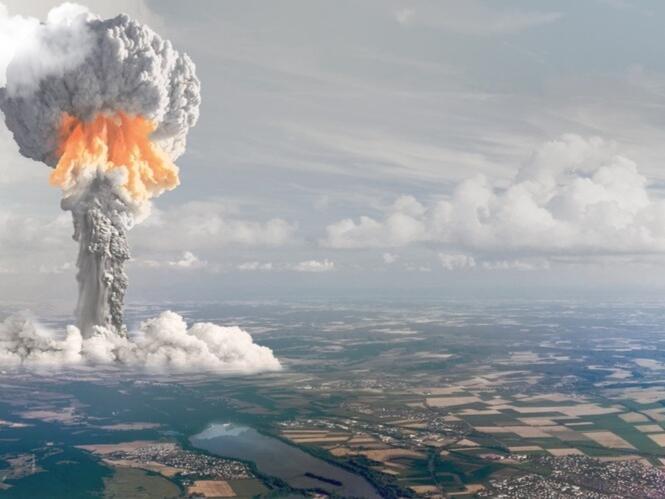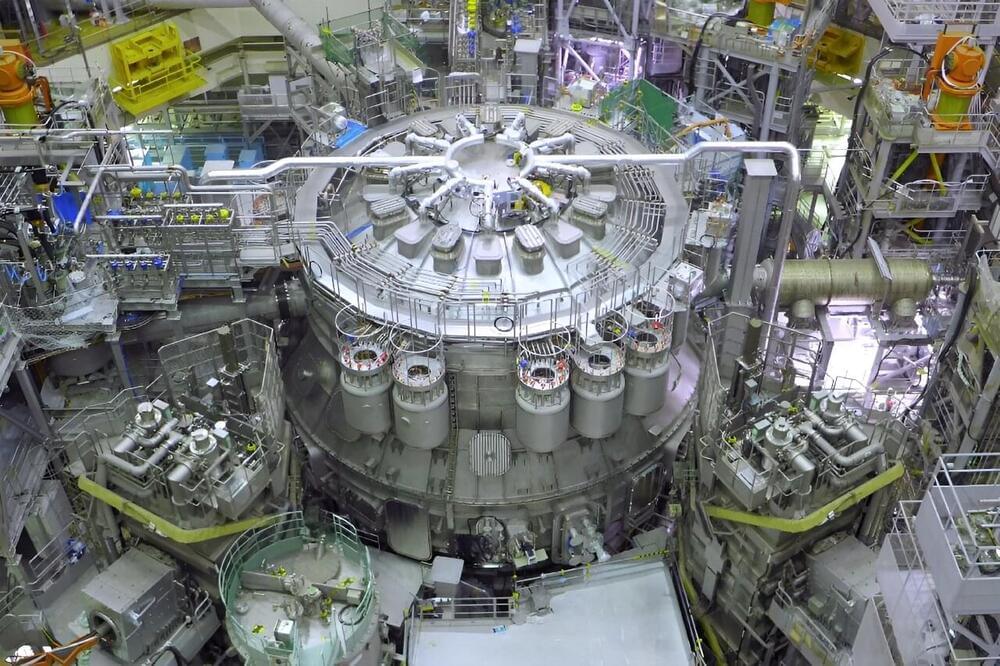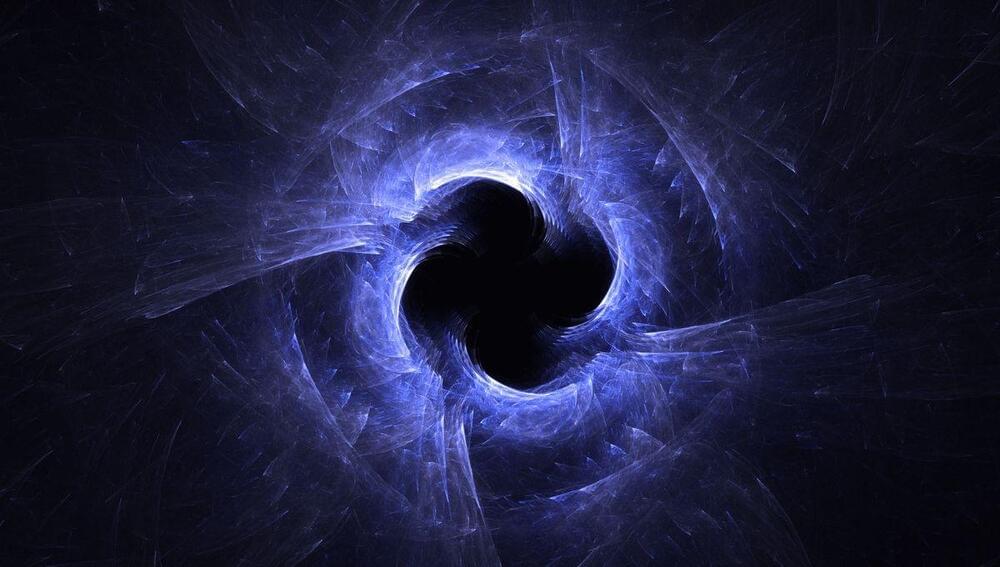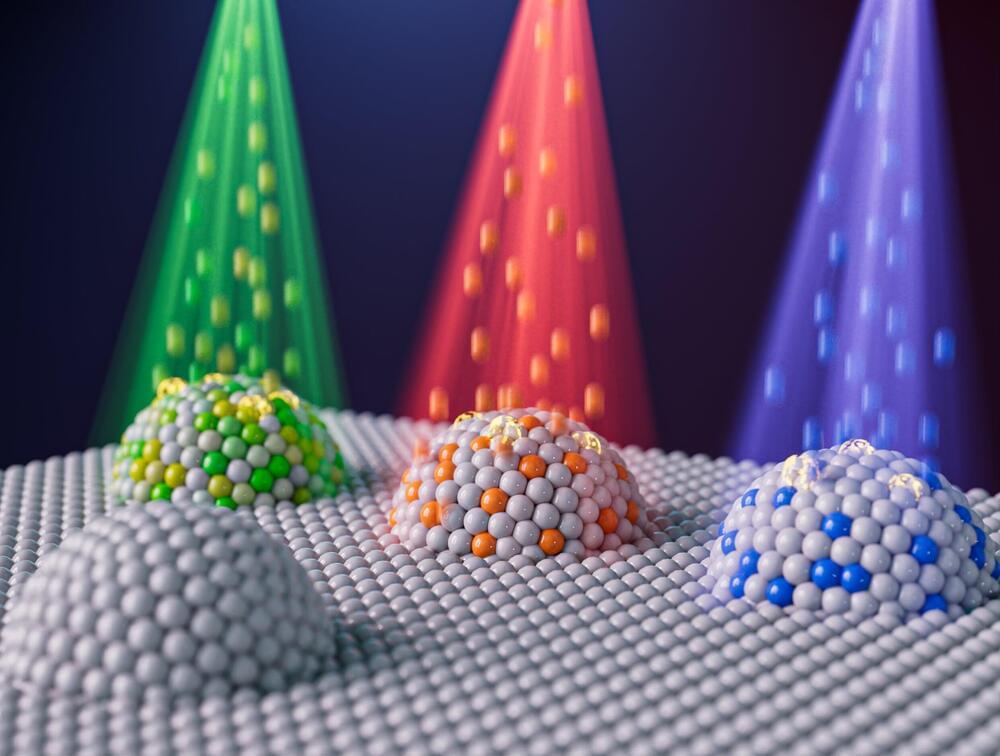Now that’s forward thinking but it’ll be a long while. But that’s science!
Nothing escapes black holes, but over the decades researchers have worked out ways to get some energy out of them. Some happen naturally, and some energy can be stolen in clever ways. Now, researchers have worked out novel approaches to use black holes as power sources, suggesting that they can be used as either batteries or nuclear reactors.
The assumption of this study is a Schwarzschild black hole – one that has no electric charge or angular momentum. So, it’s neutral and it doesn’t spin. By dropping charged particles on it, the black holes can be made to have a static electric field – and suddenly, you have the makings of a battery.
The team imagined the black hole in a cavity from which electrical charge can be put in and then extracted in a slow controllable way, and with impressive efficiency. This theoretical black battery could transform up to 25 percent of its mass into electrical energy.







